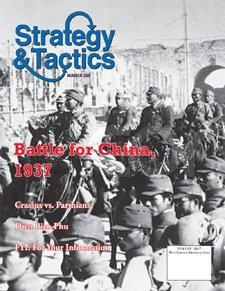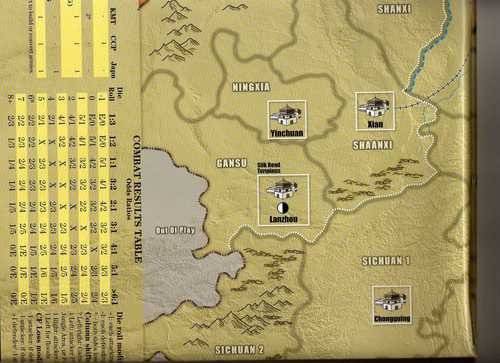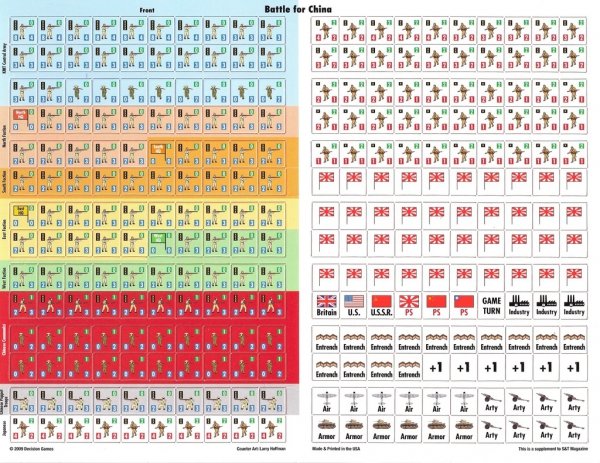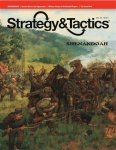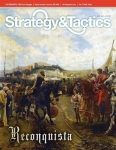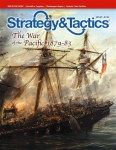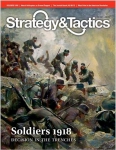-
Załączniki bezpieczeństwa
Załczniki do produktuZałączniki dotyczące bezpieczeństwa produktu zawierają informacje o opakowaniu produktu i mogą dostarczać kluczowych informacji dotyczących bezpieczeństwa konkretnego produktu
-
Informacje o producencie
Informacje o producencieInformacje dotyczące produktu obejmują adres i powiązane dane producenta produktu.Decision Games
-
Osoba odpowiedzialna w UE
Osoba odpowiedzialna w UEPodmiot gospodarczy z siedzibą w UE zapewniający zgodność produktu z wymaganymi przepisami.
Strategy & Tactics magazine is the longest running military history magazine (since 1967). Readers get much more than narrative stories of history, they get an analytical approach focusing on the “how” and “why” of battles and campaigns. All feature articles are lavishly illustrated with maps and pictures showing the action, along with sidebars on personalities, equipment and organization, and unique and unusual events.
Battle for China
An intermediate-complexity wargame, designed by Brian Train, of what that people call their "War of Resistance Against Japan," specifically covering the struggle from the initial Japanese invasion in July 1937 to the end of 1941. The game is for two players, one directing the military forces acting to defend China against the Japanese, and the other commanding the forces of imperial Japan. The game can also be played with a third player taking the Chinese Communist forces.
The area map is drawn at approximately 75 miles to the inch. Units of maneuver are brigades, divisions, corps and armies. Specialist units (air, armor and artillery) are represented by abstract markers representing concentrations of those formations. There are 280 small-size iconic units. The 18 game turns are seasonal. The system is an evolution of the one found in Arriba Espana, which will have appeared in World at War number nine. Two experienced players can complete a game in about four to five hours.
Rules cover: KMT factionalism, anti-guerrilla operations, Japanese puppet forces, truces, foreign support and intervention, peasant revolts, atrocities, desertions and defections, famine, disease, off-map border clashes with the Soviets, united fronts, the Burma Road, the Indo-China railway, US lend-lease, the broader war in the Pacific, floods, amphibious assaults, fortification, cadres, shifting initiative, and more.
The turn sequence is as follows.
Mutual Phases
a) Random Events Phase
b) Foreign Support Phase
c) Strategic Phase
d) Organization Phase
Japanese Player Turn
e) Japanese Movement Phase
f) Japanese Combat Phase
g) Chinese Counterattack Phase
h) Japanese Recovery Phase
Chinese Player Turn
e) Chinese Movement Phase
f) Chinese Combat Phase
g) Japanese Counterattack Phase
h) Chinese Recovery Phase







